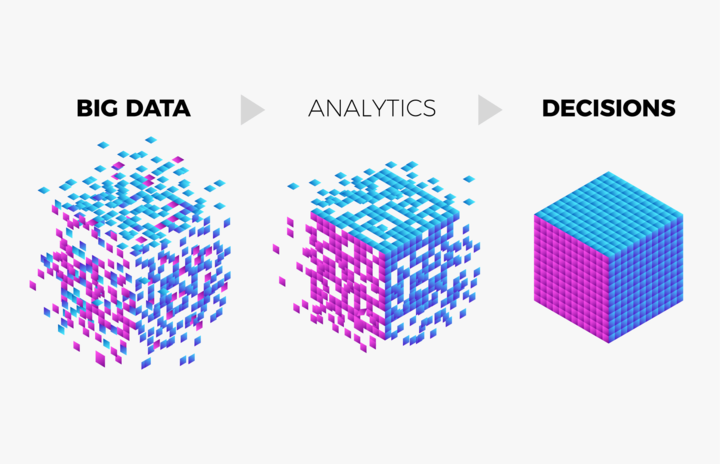
Automation and Big Data, a winning combination
In the current era of increasing emphasis on well-being, work-life balance, and the importance of human relationships, we are simultaneously witnessing the revolution of innovative technologies that are breaking all patterns and breaking all barriers, achieving amazing results.
Among these technologies is big data, a field that is now two decades old and continues to advance by leaps and bounds. To remain competitive, companies must adopt a range of technologies, which are a key weapon in information gathering. Large companies depend entirely on data, collecting massive amounts of it in order to make the correct analyses and forecasts to earn their place in a highly competitive market.
The flow of data collected by companies increases considerably as they grow, and mere collection is not enough to give value to this information; it is necessary to analyze, monitor and study it to understand its direction and strategic implication. In addition, this data comes from countless sources, including social media,websites, orders, warehouses and cutting-edge technologies such as the Internet of Things (IoT), which is the largest source of data.
Considering just these simple examples, we can easily understand the sheer volume of numbers that companies must address and manage to achieve meaningful results.
But who can analyze, monitor, and study all this data?
In theory, people could do it, but besides risking taking an inordinate amount of time, we cannot rule out the possibility of human error. When we find ourselves handling a large amount of numbers, categories and data, it is inevitable that errors will occur.
However, there is a way to avoid them: automation.
Big data automation can be introduced in medium-sized and large companies. Once we have collected a large amount of data, automation helps us organize and interpret it, taking businesses to the next level. This approach enables entrepreneurs to take full advantage of big data, making it more accessible and affordable.
How can automation be useful in this area?
Here are some of its main applications:
- Elimination of human errors: data, being unstructured and from different sources, can be complex to assemble and monitor, leaving room for human error. Automation rules out this possibility, as once set up the automation will always repeat the work in the same way, ensuring accuracy and reliability.
- Data integration: data come from different sources and are presented in various formats, making integration and interpretation difficult. Companies can no longer look at data in isolation, but must take full advantage of big data technology to gain a comprehensive view of the situation and make informed decisions. Automation facilitates automatic integration of data from different sources, enabling deeper understanding and effective analysis.
Implementing big data automation gives organizations a competitive advantage by providing numerous benefits. It reduces operational costs, improves business efficiency, increases technology scalability, and enhances self-service modules for simplified access to data analysis. It also speeds up predictive analysis, taking less time than human capabilities.
Conclusions
Ultimately, big data automation is a key element for modern businesses. It enables the full potential of big data to be exploited, reduce human error, ensure greater data protection, and facilitate the integration and analysis of information from different sources. Implementing this technology enables organizations to gain a significant competitive advantage by allowing data scientists to focus on their core competencies and reducing the time spent on data analysis activities.

